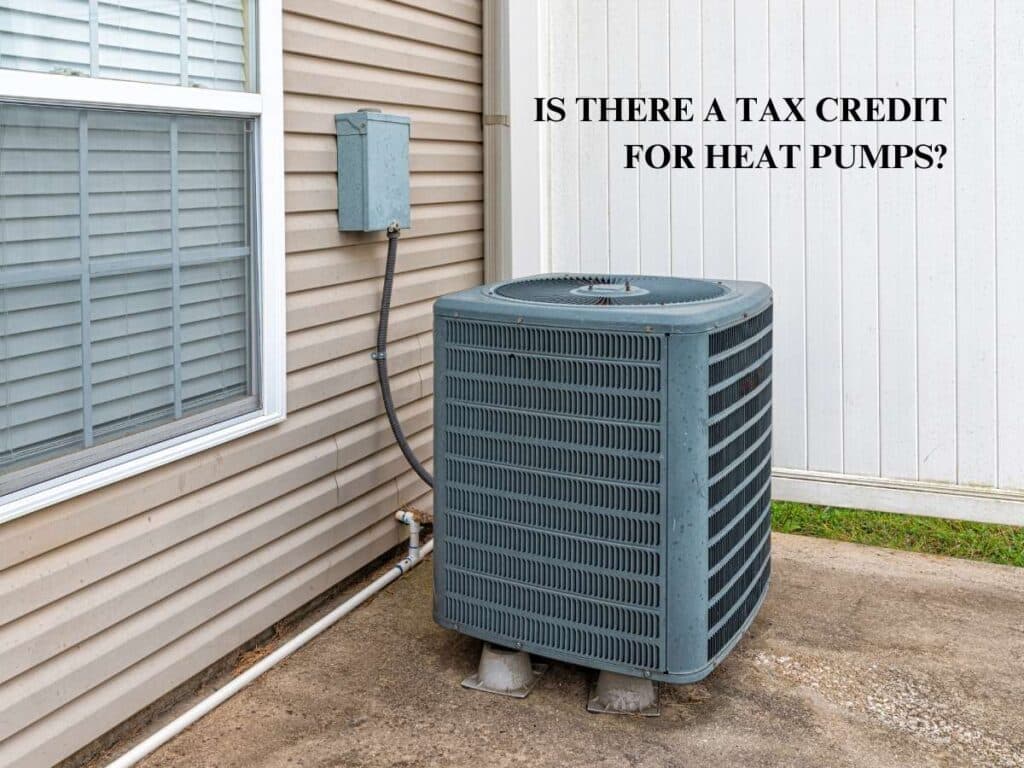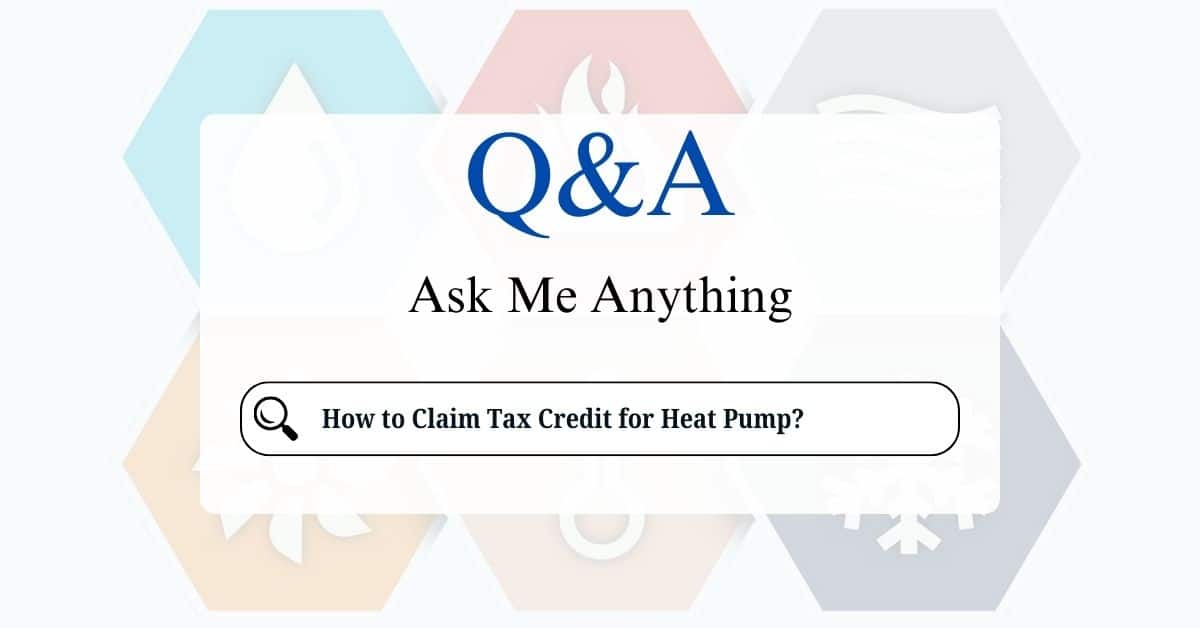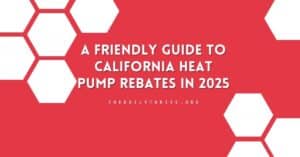Switching to a heat pump is a great way to improve your home’s energy efficiency, reduce your carbon footprint, and enjoy consistent comfort year-round. But did you know that you can also save money on your taxes by claiming federal tax credits for qualifying heat pump installations? This friendly guide will walk you through the process of understanding and claiming these valuable credits.
The federal government offers tax credits to encourage homeowners to invest in energy-efficient upgrades, including heat pumps. These credits can significantly reduce the upfront cost of installing a new system. The specific details of these credits can change, so it’s essential to stay updated on the latest regulations.
Things to know about the tax credits:
- Credit Amount: The amount of the tax credit is a percentage of the qualified expenses for the heat pump installation. It’s crucial to check the current IRS guidelines for the exact percentage and any maximum credit limits.
- Eligible Equipment: To qualify for the tax credit, the heat pump must meet certain energy efficiency requirements. Look for Energy Star certified models, as these typically meet the necessary criteria.
- Qualified Expenses: Qualified expenses generally include the cost of the heat pump itself, as well as labor costs for installation.
- Claiming the Credit: You claim the credit when you file your federal income tax return.

How to Determine if Your Heat Pump Qualifies fro Tax Credit
To determine if your heat pump qualifies for the tax credit, you’ll need to check the following:
- Energy Star Certification: Look for the Energy Star label on the heat pump. This is a good indicator that the unit meets the efficiency requirements.
- Specific Efficiency Ratings: The IRS provides specific efficiency standards (SEER, HSPF, EER) that the heat pump must meet to qualify. These ratings are usually found on the unit’s specifications or energy guide label.
Steps to Claim the Heat Pump Tax Credit
- Purchase and Install a Qualifying Heat Pump: Ensure the heat pump you purchase and install meets the efficiency requirements for the tax credit. Have it installed by a qualified professional.
- Keep Detailed Records: Keep all receipts and documentation related to the purchase and installation of your heat pump. This includes:
- Purchase receipts for the heat pump itself.
- Invoices from the installer, detailing labor costs.
- Manufacturer’s specifications or energy guide for the heat pump, showing its efficiency ratings.
- Complete IRS Form 5695 (Residential Energy Credits): You’ll need to fill out IRS Form 5695 to claim the tax credit. This form is used to claim various residential energy credits, including the credit for heat pumps.
- File Your Federal Income Tax Return: Submit Form 5695 along with your federal income tax return.
What is Form 5695?
Form 5695 is where you’ll calculate and claim your residential energy credits. Here’s a general overview of what you’ll need to do on the form:
- Part I (Residential Clean Energy Credit): This part of the form is for credits related to renewable energy sources, such as solar panels and geothermal heat pumps. Heat pumps that primarily use air-source technology are claimed in Part II.
- Part II (Energy Efficient Home Improvement Credit): This is where you’ll claim the credit for qualifying heat pump installations. You’ll need to provide information about the heat pump, including its type and efficiency ratings, and calculate the amount of the credit based on the qualified expenses.
Heat Pump Tax Credit Income Limit
There are no income limits for the main federal tax credit for heat pumps offered through the Inflation Reduction Act. This means that regardless of your income level, you can potentially qualify for the credit.
Here’s a breakdown of the key points:
- 30% Credit, Up to $2,000: The credit covers 30% of the qualified expenses for your heat pump installation, up to a maximum of $2,000 per year.
- No Income Restrictions: Unlike some other energy efficiency programs, there are no income limits to qualify for this particular tax credit. The primary requirement is that you have federal tax liability (meaning you owe federal income taxes).
- Applies to Most Heat Pumps: This credit generally applies to air-source heat pumps, which are the most common type used in homes.
Important Note about Rebates:
While there are no income limits for the federal tax credit, some state and local rebate programs may have income restrictions. These rebates are separate from the federal tax credit and are offered by individual states or utility companies.
For example, some states may offer higher rebate amounts to low- and moderate-income households. If you’re interested in rebates, it’s essential to check with your state energy office or local utility company to see if there are any income requirements.
For accurate and personalized guidance on claiming heat pump tax credits, consulting a qualified tax professional is recommended.
It’s also crucial to stay informed about potential changes in tax laws and credit amounts by regularly checking IRS guidelines and publications. Remember to explore state and local rebates or incentives offered by your state energy office and local utility company, as these can be combined with federal credits for greater savings.
Finally, maintain thorough records of all documentation related to your heat pump purchase and installation, including receipts, invoices, and tax forms.
By understanding the requirements and following these steps, you can successfully claim the tax credit for your heat pump installation and enjoy the financial benefits of going green. Remember to consult official sources and tax professionals for the most accurate and current information.






